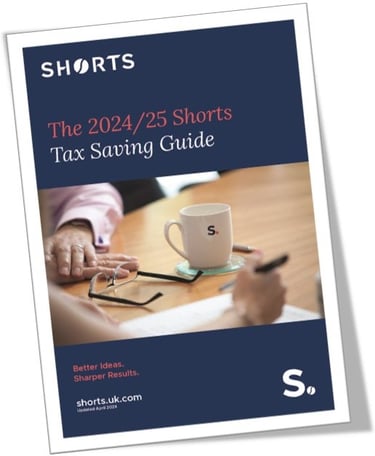
After several turbulent years for the scheme, the landscape for claiming R&D tax reliefs has settled down. With the UK government still committed to heavy investment into UK-based research and development, claiming R&D tax reliefs should not be overlooked.
If you have eligible R&D projects and with 15p in the £1 in tax relief available, now is the time to revisit the scheme, take professional advice and submit a claim.
Research and Development (R&D) tax relief supports companies that work on innovative projects in science and technology and could be seen as “market leaders”. To qualify for R&D relief, a project must seek an advance in a field of science or technology (S&T).
Here are the steps for checking if a project qualifies:
Step 1 – Check your R&D activities are part of a project
To qualify, R&D activities must be part of a project, conducted according to a method or plan to achieve a goal. The project must have attempted to advance the field of S&T applicable to your company. If that involved S&T uncertainties, there is a chance that the project(s) will qualify for R&D tax reliefs.
Step 2 – Identify technical uncertainties
A scientific or technological uncertainty exists when an expert on the subject cannot say if something is technologically possible, or how it can be done, even after referring to all the available evidence. This means that your company or the experts in the field do not already know about the advance or the way to solve it.
Step 3 – Measure the advance against the technological baseline
You will need to measure the advance against the baseline in existing technology at the start of the project. This can be done by briefly identifying your intended advance, both scientific or technological:
- The level of knowledge or capability, relevant to the advance sought, that existed in the field at the time the project started;
- Why resolving the identified uncertainties would represent an advance in the overall knowledge or capability of the field at the time the work was undertaken;
- Why a qualified, competent professional in this field could not have readily solved the uncertainties at the outset of the project
Step 4 – Document the R&D activities
The claim needs a detailed description of the activities undertaken and should include project plans and timelines, details of research undertaken and methodologies used, and results of testing or work undertaken by contractors on your behalf.
This is why taking professional advice from specialists who know what is needed for a claim and can help you through the process is vital.
Check your R&D project’s eligibility now
Shorts have an industry-leading AI-guided software tool that can help with this. Depending on the level of information you enter, it could only take 10-20 mins to complete. This will indicate whether your claim requires a more detailed discussion. The tool is free to use, and the Radius team is available for a free initial consultation.

Darryl Hoy
Darryl is the Technical Director of the Radius team. He is a specialist in Research & Development tax reliefs, having previously worked at HMRC as an R&D Tax Inspector.
View my articles

